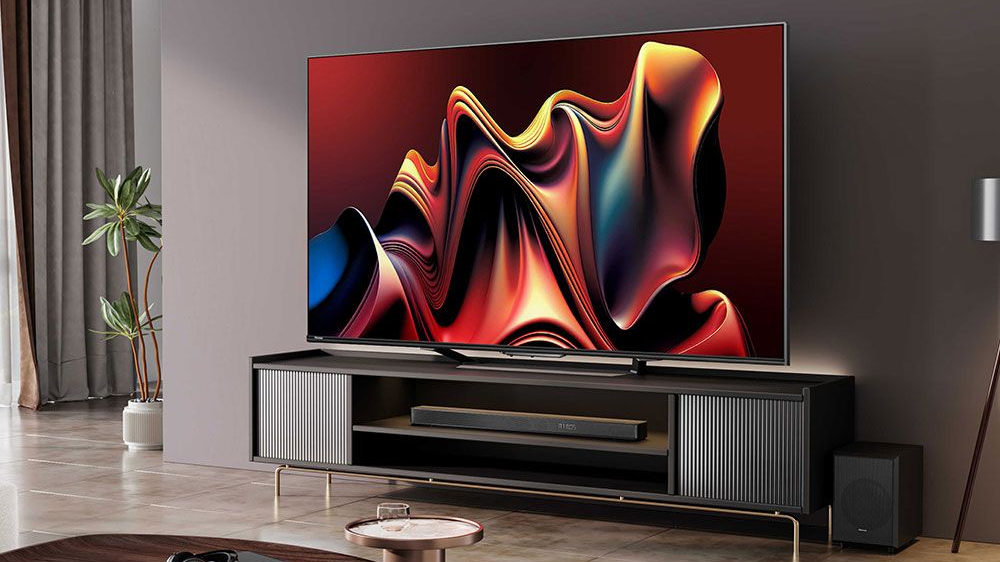
Buying a new TV can sometimes feel like a minefield. There are the best OLED sets, the best LED-backlit LCD sets – but even Mini-LED versions of those – and various acronyms and marketing expressions to wade through. It's worth it, though, to match your expectations with the right technology – and at the right budget.
Roughly speaking, the best TVs can be broken into two camps: OLED and LCD/LED. The former is an organic material, where each 'pixel' self-illuminates, providing hyper-precision and significant contrast. The latter is inorganic, dependent on illumination – whether side- or back-lit, in zones or full array – for the degree of brightness and precision it can deliver.
As the technologies have advanced, sub-sections have appeared. The size of LEDs used in backlight arrangements has gotten smaller, hence 'Mini-LED', and that means more precision and control, for greater brightness and less light bleed. Other technologies, such as QLED (or Quantum Dot), have added additional panel layers that emit different colour frequencies – to expand the palette and vibrancy on offer.
Well, now there's a new technology in town: RGB Mini-LED. Introduced at CES 2025 by Hisense, it's a further step forward for the Mini-LED solution. But what exactly is the RGB version, why does it matter, and what does it mean for TVs in 2025?
1. What is RGB Mini-LED?
Images are combinations of red, green and blue – max all of those out and you get white, remove them all and you get black, with the variance in between delivering many millions of colour permutations. That happens per pixel in all TV output as it stands.
RGB Mini-LED adds individual red, green and blue LEDs within an optical lens as part of the Mini-LED backlight system – with tens of thousands of them in an array. This means not only does the blacklight control the brightness and precision, but also the colour volume output too.
2. What benefits does RGB bring?
In the case of Hisense, which uses the brand's Hi-View AI Engine X artificial intelligence engine, that means each degree of red, green and blue can be controlled – allowing for incredible colour purity.
Sign up to the T3 newsletter for smarter living straight to your inbox
Get all the latest news, reviews, deals and buying guides on gorgeous tech, home and active products from the T3 experts
RGB Mini-LED allows more of the BT.2020 colour space to be available compared to normal systems, for example, meaning you'll be able to see a wider gamut by eye. Beyond this, however, that AI engine can also enhance or diminish specific colours and at various brightness levels – which could open the door for more accurate or more vibrant visual experiences.
Furthermore, the option to reduce blue light emissions for more comfortable viewing – something many phones and tablets already offer in low-light conditions – is available, thanks to the ability to control the blue lightwave independently. This means greater comfort even with greater brightness to images.
3. Which TVs will offer RGB Mini-LED?
RGB Mini-LED is brand new, hot off the press, and Hisense's reveal thus far only positions the technology in its latest 116UX TV – also revealed at the CES 2025 show in Las Vegas.
That's a specialist TV: a giant 116-inches across the diagonal, with 10,000 nits of peak brightness and 40,000 dimming zones from its Mini-LED system.
As with any technology, however, it'll surely only be a matter of time before Hisense trickles it into smaller-scale and more consumer-friendly products in the future. And, daresay, for other makers to bring out their own equivalent technologies too.

Mike is T3's Tech Editor. He's been writing about consumer technology for 15 years and his beat covers phones – of which he's seen hundreds of handsets over the years – laptops, gaming, TV & audio, and more. There's little consumer tech he's not had a hand at trying, and with extensive commissioning and editing experience, he knows the industry inside out. As the former Reviews Editor at Pocket-lint for 10 years where he furthered his knowledge and expertise, whilst writing about literally thousands of products, he's also provided work for publications such as Wired, The Guardian, Metro, and more.
-
 3 best PS5 games you've probably never heard of
3 best PS5 games you've probably never heard ofItching for something new to play on your PS5? Don’t let any of these escape your attention for any longer
By Matt Tate
-
 Instagram Edits is now available for iOS and Android, free and can do cool stuff – but what is it?
Instagram Edits is now available for iOS and Android, free and can do cool stuff – but what is it?Here's everything you need to know about Instagram Edits and how to sign up
By Britta O'Boyle
-
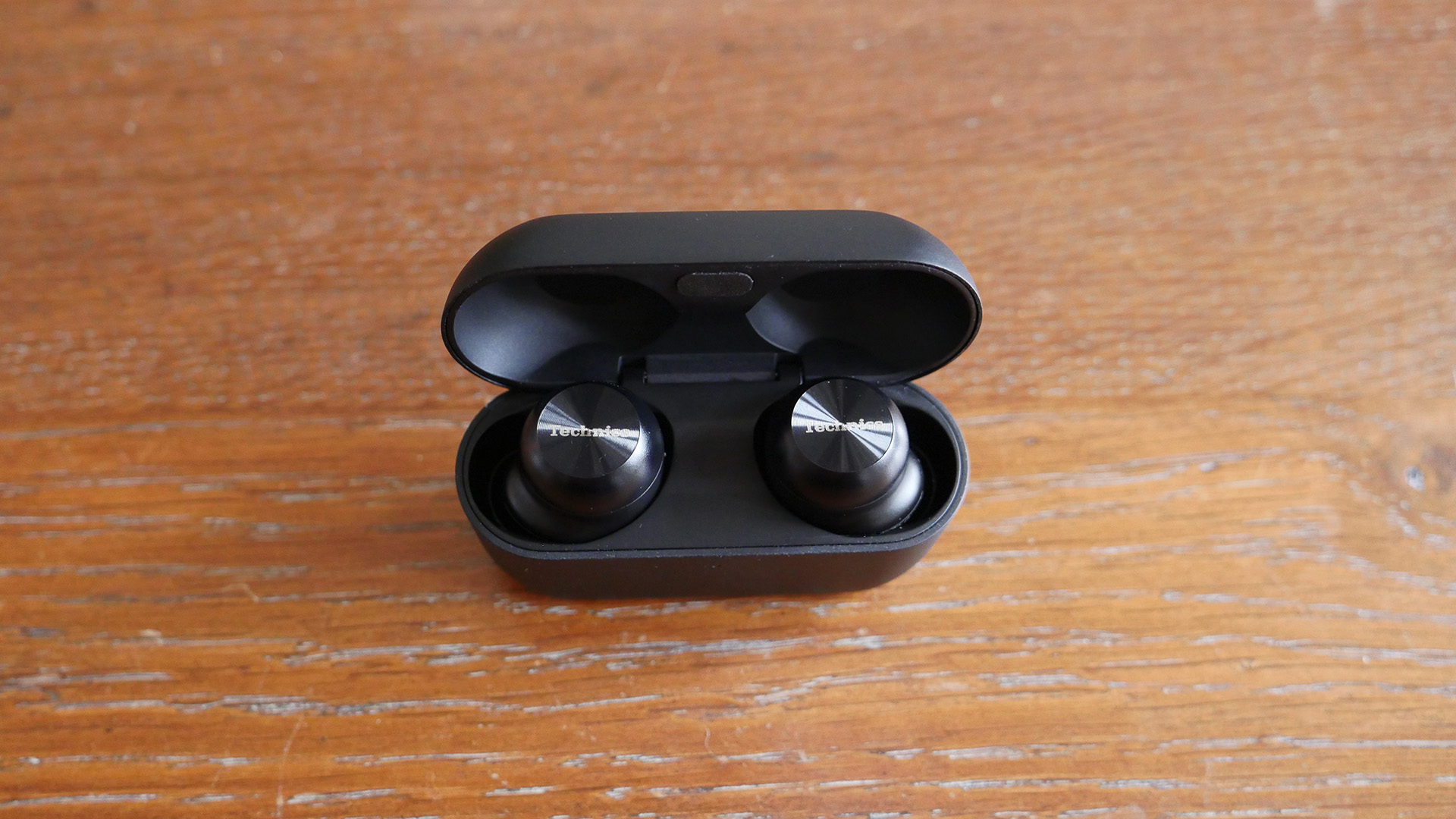 I went to Kyoto to try Technics' new flagship earbuds – here's what's new
I went to Kyoto to try Technics' new flagship earbuds – here's what's newTechnics is claiming some big gains with the AZ100
By Max Freeman-Mills
-
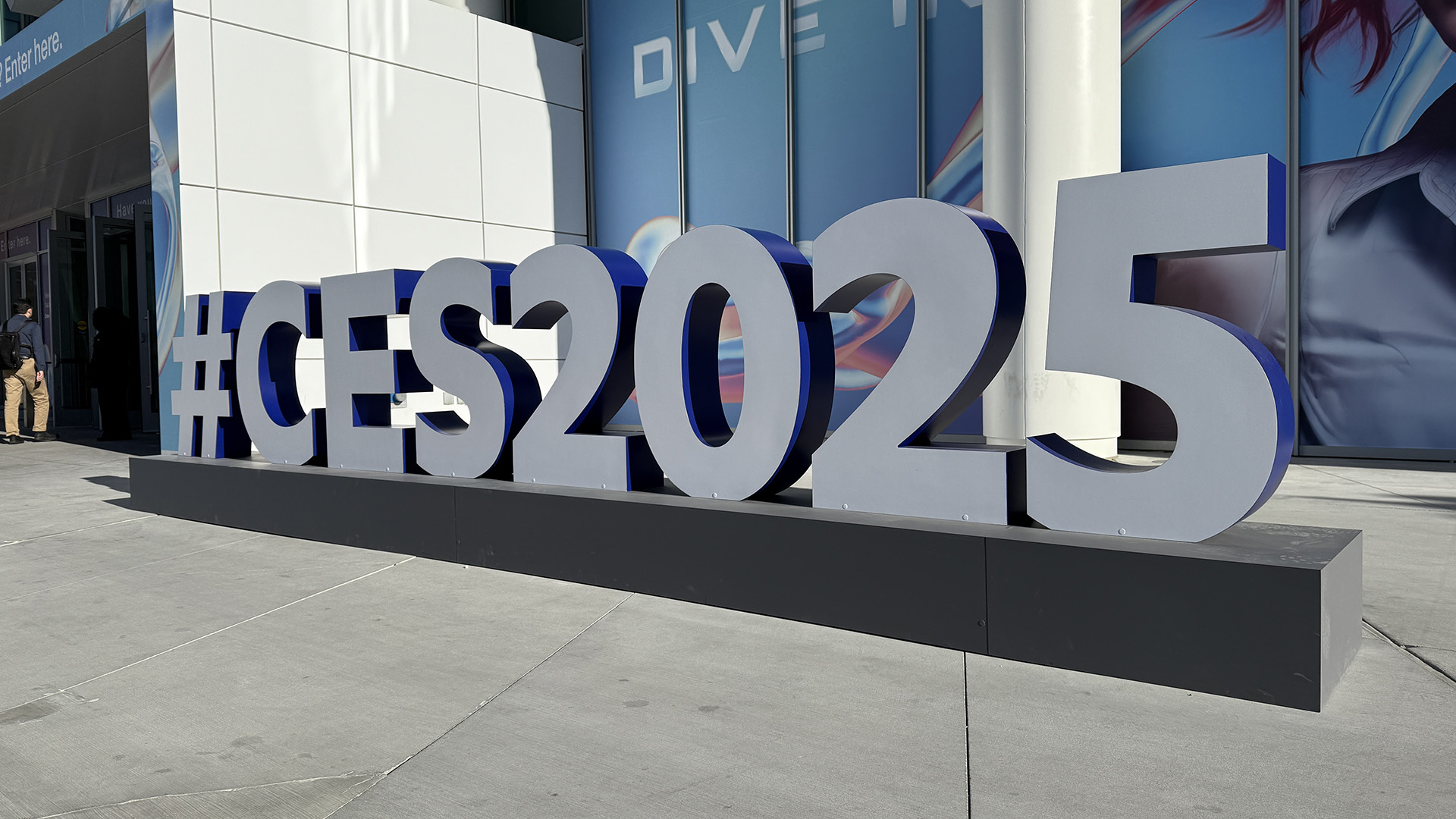 The best of CES 2025: 21 top gadgets from the show
The best of CES 2025: 21 top gadgets from the showThe Consumer Electronics Show 2025 didn't disappoint. These are T3's award-winners from the Las Vegas event
By Mat Gallagher
-
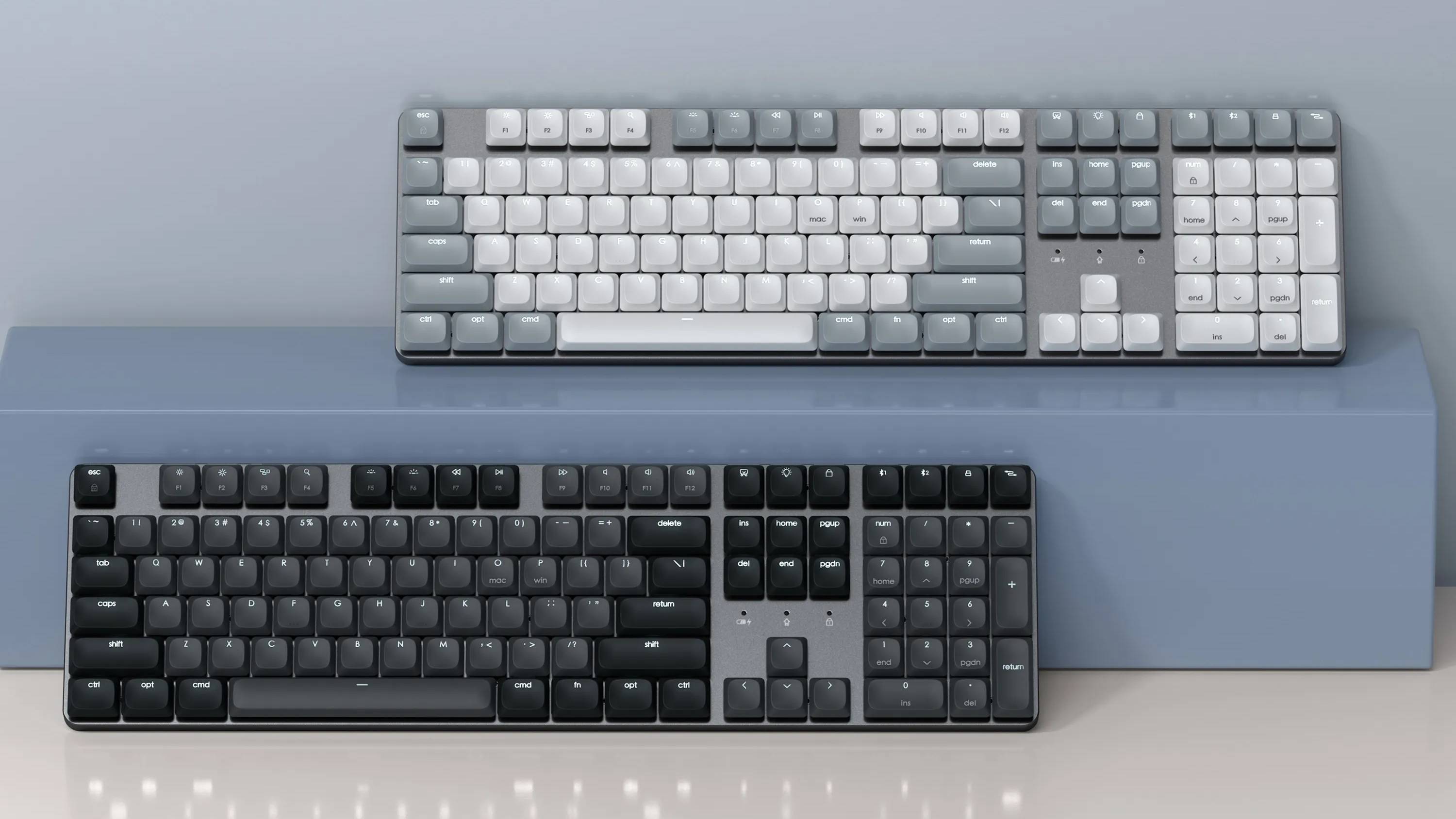 Satechi's SM3 Slim is the mechanical Mac keyboard we've always wanted from Apple
Satechi's SM3 Slim is the mechanical Mac keyboard we've always wanted from AppleThis impressive keyboard won't look out of place in your Apple setup
By John McCann
-
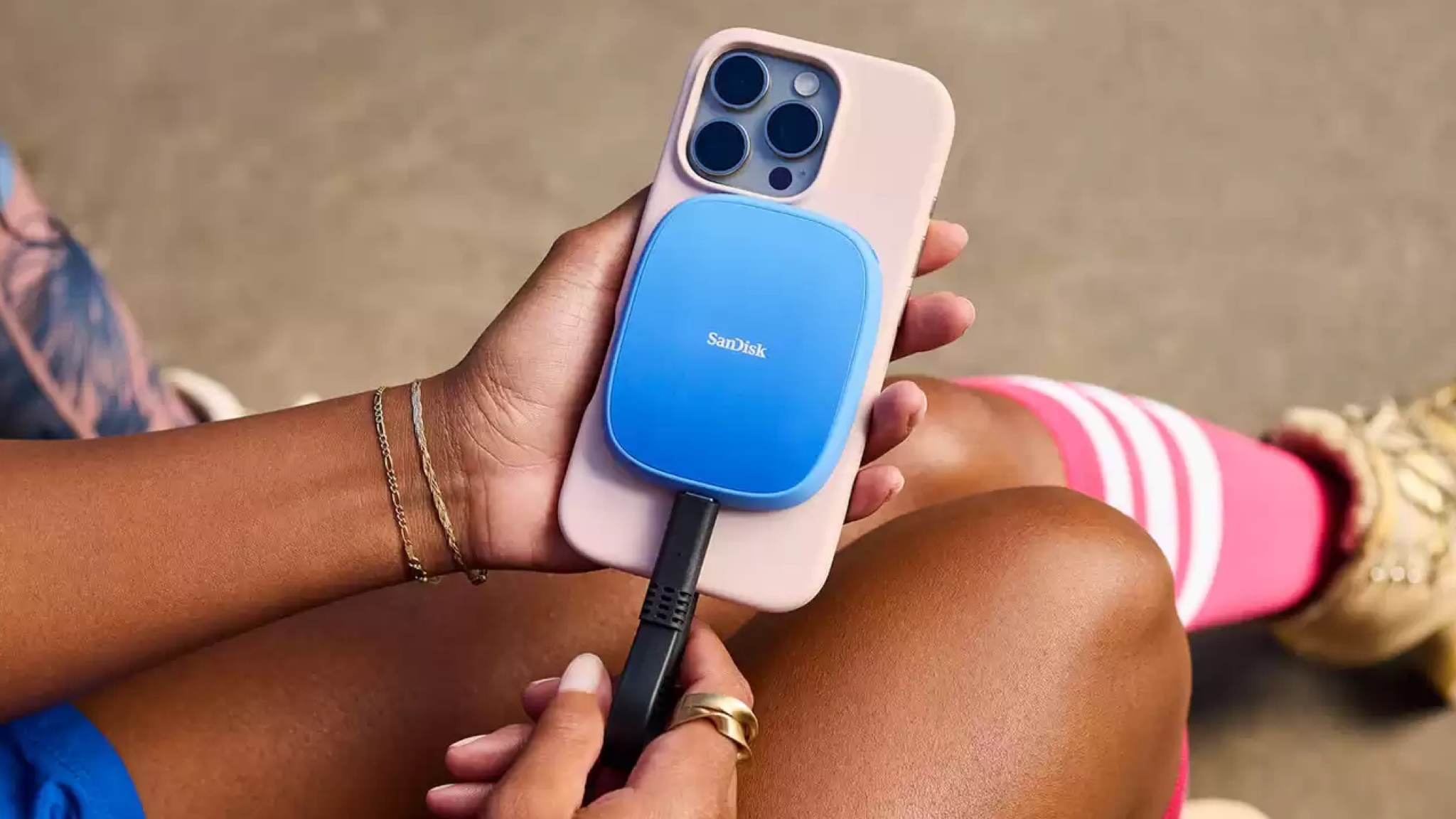 This clever iPhone upgrade gives you massive storage without the Apple price
This clever iPhone upgrade gives you massive storage without the Apple priceNo room on your iPhone? This MagSafe adapter gives you huge space
By Carrie Marshall
-
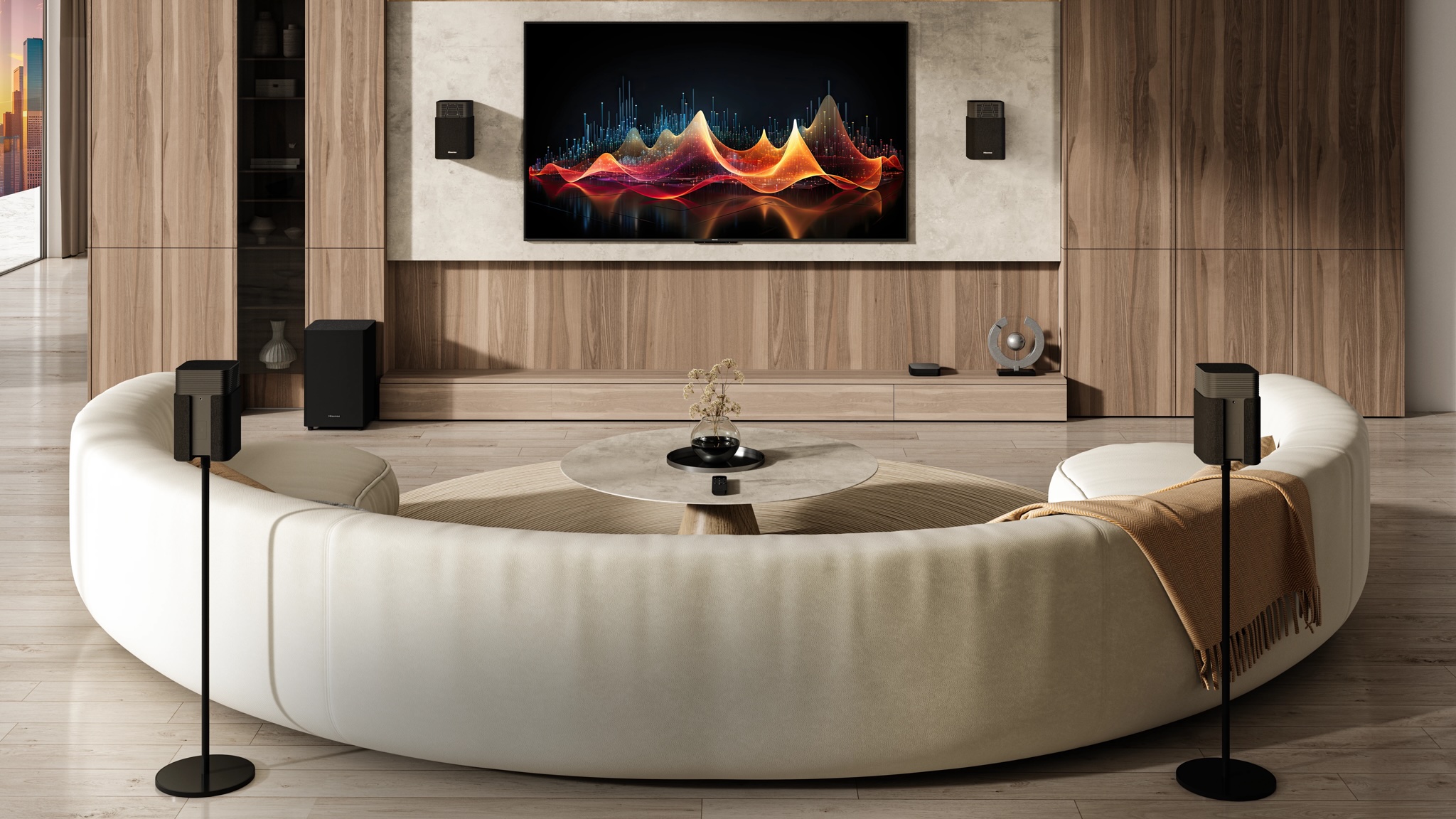 Hisense’s new wireless surround system looks like a serious rival to Sony
Hisense’s new wireless surround system looks like a serious rival to SonyHisense's wireless surround system packs a low-end punch that rival's could struggle to match
By Carrie Marshall
-
 My favourite CES 2025 announcement initially seems boring – but it could change entertainment forever
My favourite CES 2025 announcement initially seems boring – but it could change entertainment foreverThe next wave of TVs, games consoles, projectors and streamers are facing huge upgrades
By Rik Henderson
-
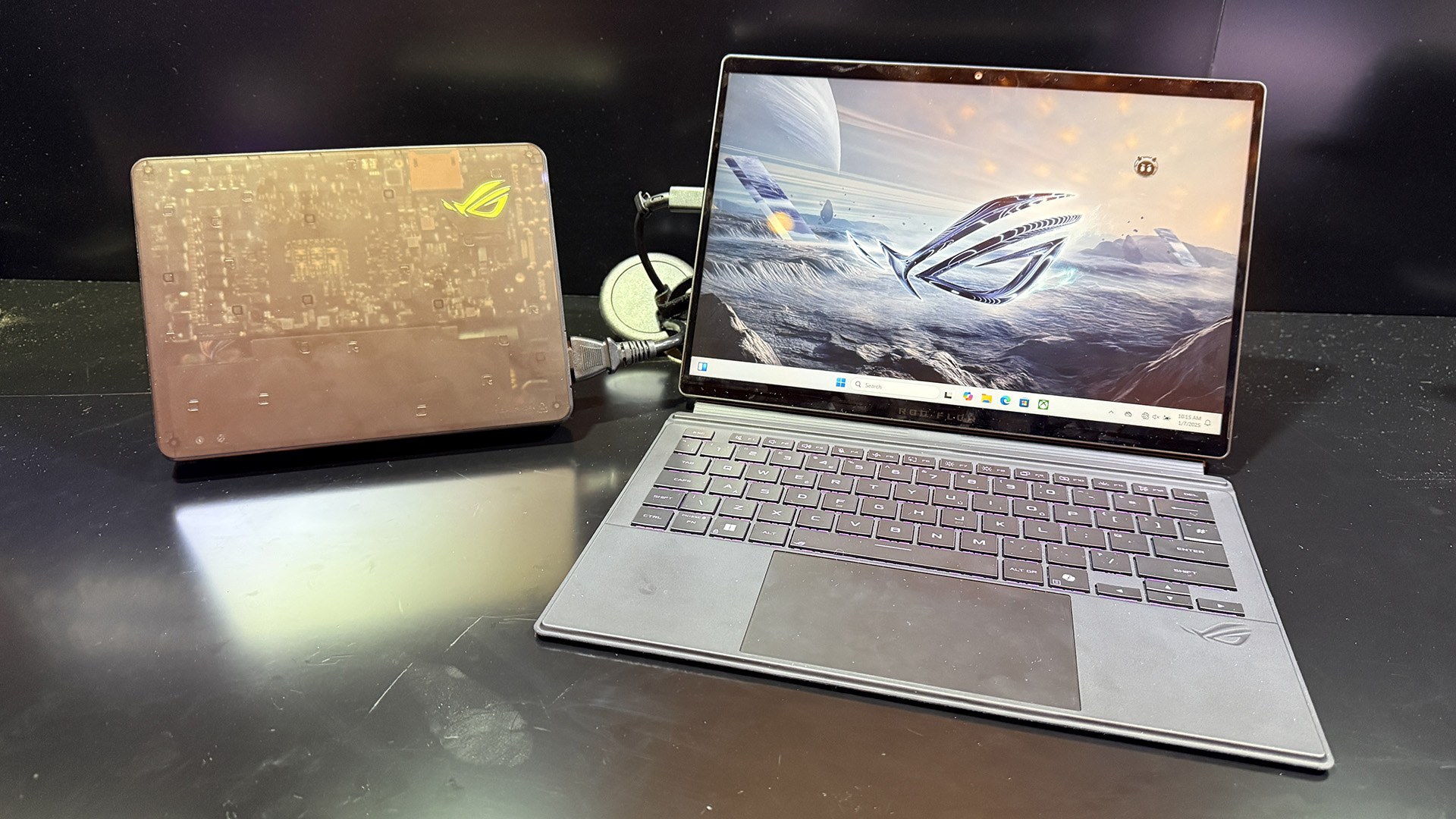 Forget your steam decks, Asus just updated its powerful gaming tablet
Forget your steam decks, Asus just updated its powerful gaming tabletThe Asus ROG Flow Z13 gets a big update for 2025, making it the ultimate gaming all-in-one
By Mat Gallagher
-
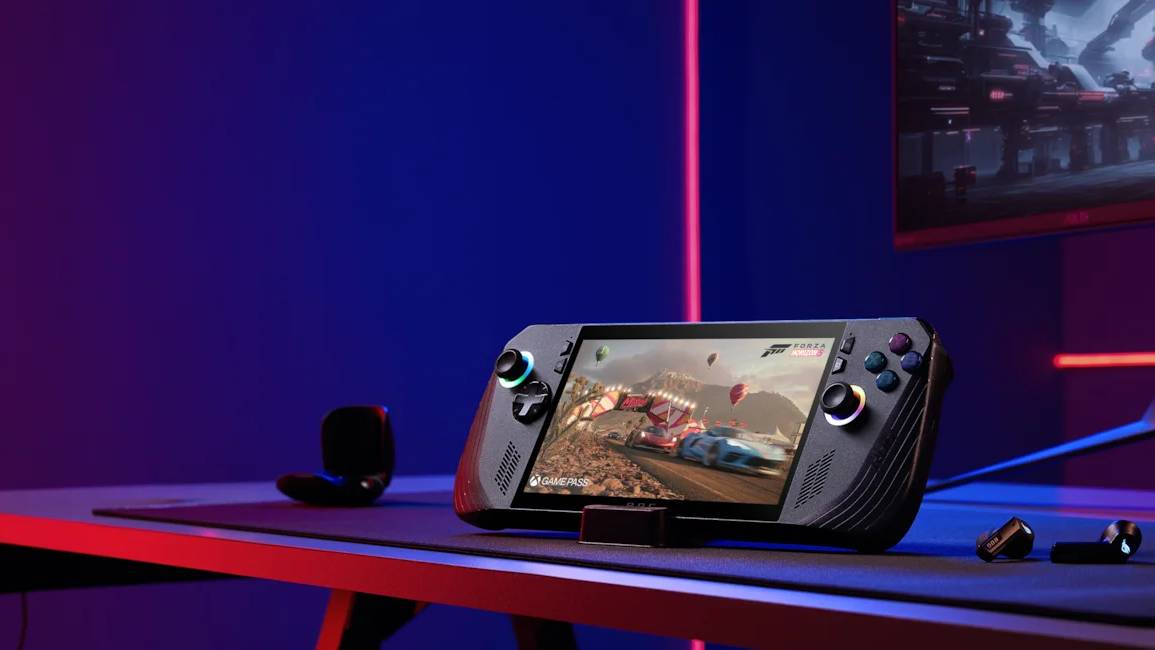 Microsoft wants to ditch Windows for future Xbox gaming handhelds
Microsoft wants to ditch Windows for future Xbox gaming handheldsXbox’s console operating system could shape how we use future handhelds
By John McCann